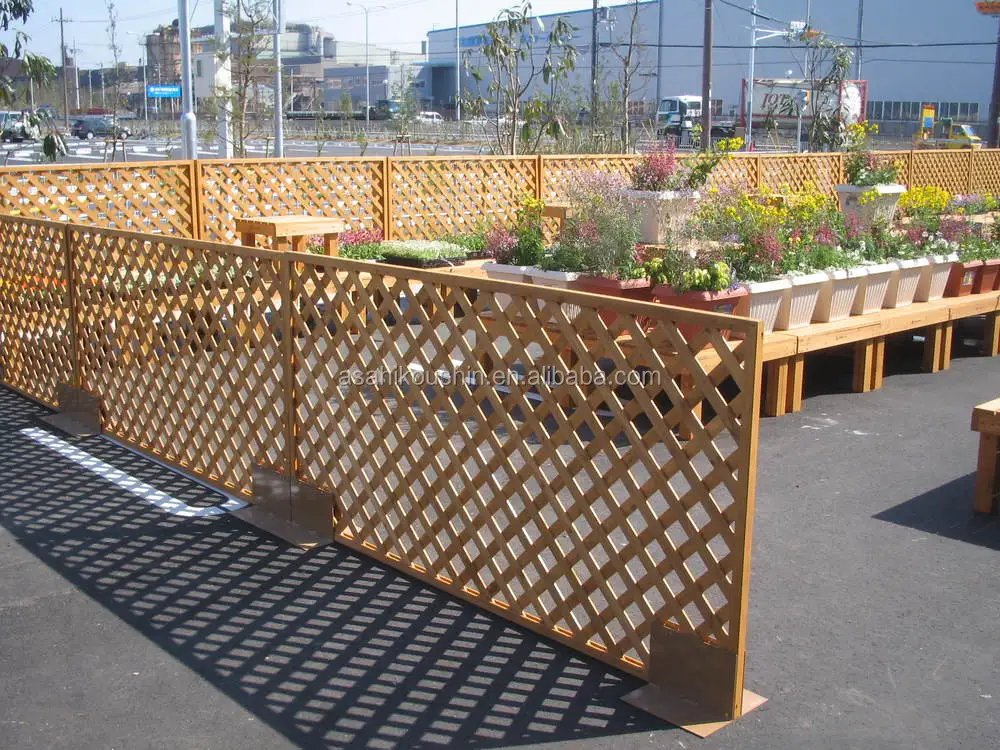

Shed skirting can be made from various materials, including vinyl or wood lattice, bricks, and treated lumber boards. This space can vary from a few inches to up to a foot or more. It is a material that surrounds the lower part of the shed that covers the shed crawl space, the gap between the shed floor and the ground. Shed skirting is precisely what it sounds like. Can I Fill the Space Under My Shed With Dirt?.


Different wooden lattice work install#
How Much Would It Cost to Install Skirting?.What to Put Around the Bottom of a Shed?.This article will look at the many different options for shed skirting, discuss the pros and cons of each so you can choose the right option for your shed, and identify some of the pitfalls of installing skirting. Shed skirting options include a wide range of materials that vary in aesthetics, including vinyl siding, brick, chicken wire, faux stone veneer, and pressure-treated boards. There’s also the issue of that gap creating a place for critters to crawl beneath the shed and nest or even gnaw their way through the roof into the shed.įortunately, you can add shed skirting to cover that gap and create a finished look while preventing unwanted squatters from making a home under your shed. The concrete peers or cinder blocks the shed is resting on detracting from the shed’s aesthetics. In both form and function, the shed is an excellent addition to your property.īut what about the large gap between the bottom of the shed and the ground? Unless you’ve constructed your shed on a concrete slab, chances are there’s a space between the floor of the shed and the ground beneath. Its foundation is rock solid, and you’ve followed all the proper techniques for constructing the frame, installing the siding, and roofing.


 0 kommentar(er)
0 kommentar(er)
